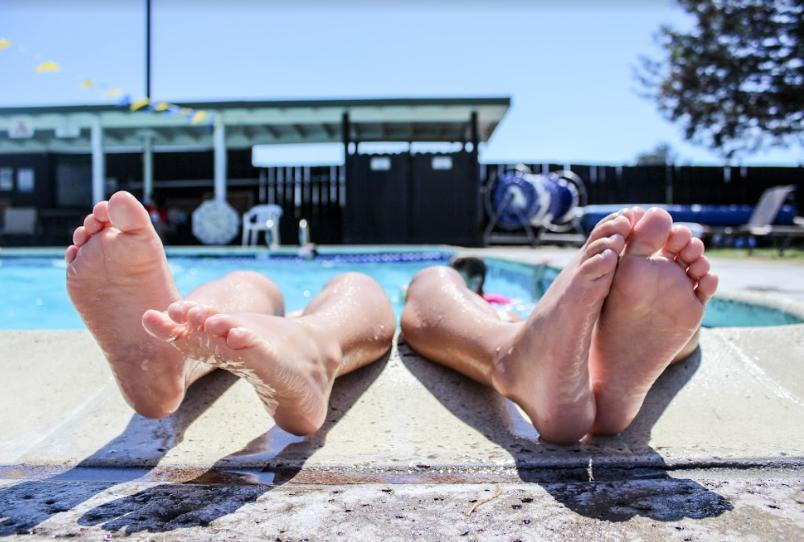What is Flatfoot Surgery?
posted: Nov. 17, 2021.

What is Flatfoot Surgery?
Flatfoot is diagnosed when the arches on the insides of your feet flatten and touch the ground when you stand up. Flatfeet can be hereditary and passed on from parents but, in some cases, injury, excessive weight, or the normal wear and tear of stress and age can cause the condition.
Most people with flat feet often have no symptoms and can live with the condition. However, the condition can contribute to knee and ankle problems or result in foot pain in the inside foot. Sometimes, the affected area may swell and make it difficult to stand or walk.
If flatfoot affects your quality of life and no other remedy has given lasting relief, you might be a candidate for flat foot surgery.
Who is a Good Candidate for Flatfoot Surgery?
Flatfoot surgery isn’t the first course of treatment if you are diagnosed with the condition.
Your podiatrist might recommend some of the following non-surgical treatments:
- changing your footwear or wearing shoe inserts
- wearing customized orthotics that lift the arch
- foot exercises and stretches that strengthen the arch and surrounding muscles
- weight loss to ease the pressure on the arches
- steroid injections to manage the pain
- over-the-counter pain medication
If, after trying all these options, you still experience pain when walking, ankle swelling, and a tingling or numb sensation that signals nerve damage, then your foot specialist may recommend flatfoot surgery.
What Does Flatfoot Surgery Entail?
Flatfoot surgery generally involves rebuilding the foot arch to lift it off the ground. The surgery is performed under general anesthesia and typically requires several surgeries before the corrective steps are complete.
Some of the repairs might include reshaping the tendons and ligaments of the foot and reshaping various bones like the heel bone to restore the arch.
For example, your foot surgeon might perform a tibialis posterior tendon reconstruction where the instep tendon is removed and replaced with another tendon.
Before surgery, your podiatric surgeon will take you through a pre-assessment screening to ensure you qualify for the surgery, including checking that you are in good health and have no underlying conditions.
How Long Does Flatfoot Surgery Recovery Take?
After flatfoot surgery, you will most likely leave the hospital on the same day, although you will do so on crutches. Your foot will be in a plaster cast for up to six weeks to stabilize the joint, and you will be required to rest as much as possible.
It is advisable not to smoke or take anti-inflammatory drugs during recovery because they can hinder or slow down healing. After six weeks, your cast will come off, and you can start physiotherapy to regain your balance, mobility, flexibility, and strength. You should regain primary use of your foot after three months post-surgery.
What is the Long-term Outlook of Flatfoot Surgery?
For most people, swelling might persist for between six months and twelve months post-surgery. You should not engage in any high-impact sports during this time, but you can start resuming low-impact sports like golf and walking.
Flatfoot surgery generally has a positive long-term outlook, especially in individuals whose quality of life was severely impacted by the condition. After surgery, you should experience better balance, less pain and swelling, and better foot alignment as you move around.